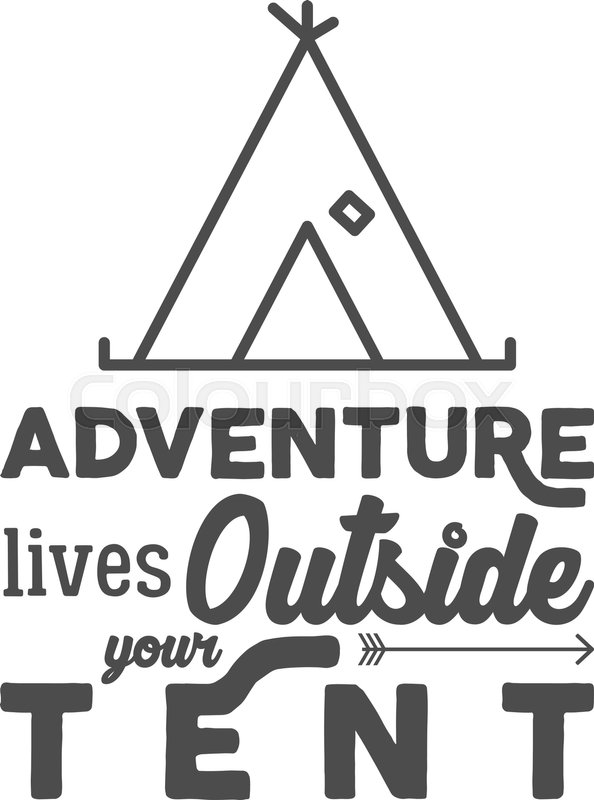From the nomadic tribes of Central Asia to glamping sites around the globe, bell outdoors tents have actually ended up being a sign of rustic experience. Their renowned silhouette and spacious insides develop an atmosphere that is both relaxing and stunning.
Should you put a tarp over your tent?
Their beginnings can be mapped to armed forces camping tents developed by Henry Hopkins Sibley, who patented the cone-shaped canvas shelter in 1856. The style was based on the Native American teepee and was developed to be quickly set up, long lasting and portable.
Origins
The bell outdoor tents has actually been a staple for outside enthusiasts since the 19th century. The layout is rooted in army camping tents that saw service in the Crimean Battle, and later on ended up being popular with precursor teams across America. The American Sibley tent was a version of the European bell camping tent. Its creator, Henry Hopkins Sibley, took inspiration from the Indigenous American tepee when producing his version. His version included a single center post, increased larger walls and an airing vent cap that permitted smoke from the oven to leave.
Today, modern canvas bell outdoors tents use a sense of deluxe for camping fans and are a prominent choice for glamping hideaways. With a roomy interior and an attractive form, these camping tents can be adorned with furnishings and decoration to produce a comfortable and intimate environment for owners. The round style also aids with wind resistance and permits versatile interior layouts. The less complex layout with fewer poles and stakes makes it easier to establish camp and transportation to different locations.
Army Usage
The Bell Camping tent was a home-away-from-home for many soldiers in the 18th century. It was used on the battlefield along with for command centres and field hospitals.
Its capacity to be swiftly set up in a variety of mission circumstances permitted it to work as an effective shelter and office. Its modular design means it can increase or acquire to fit the requirements of different sized groups and objectives.
In addition, it can be conveniently carried using a series of automobiles and manual transportation, making it a useful choice for army and rescue operations. Its lightweight, portable nature likewise makes it easier for soldiers or rescuers to lug and hike throughout complicated terrain to reach their objective site. This conserves useful time and sources.
Glamping
With the rise of glamping, bell outdoors tents ended up being popular as a luxurious outdoor camping alternative. Their famous silhouette produces a magical setting and can be fitted with trendy home furnishings to add an added touch of comfort to your outdoor camping experience.
In the 19th century, the military adjusted the design to make it a lot more durable and sensible for use on war zones and explorations. Animal hides were changed by canvas that had been treated with waterproofing representatives, allowing the bell outdoor tents to endure harsh weather conditions.
The bell outdoor tents's practicality captured the attention of entertainment campers, and it quickly obtained popularity as an outdoor tents for camping trips and other exterior events. It is currently a staple at boutique outdoor camping websites, music events, and eco-resorts, where it offers a mix of fond memories and elegance.
Layout
The bell tent's basic design caught the eye of entertainment campers, and it soon came to be a staple among those that wanted to experience the outdoors stylishly. Today, you can locate these versatile frameworks in campgrounds and at glamping resorts throughout the world.
The very first copyrighted version of the bell outdoor tents was developed by Henry Hopkins Sibley during the American Civil Battle, drawing inspiration from Indigenous American tipis. He integrated a solitary central pole, brief side wall surfaces, and an aired vent "cap" for smoke from a range to produce his innovative camping tent.
With time, Sibley's design enhanced with the enhancement of breathable canvas and other products that enabled the tent to regulate its temperature level. Modern bell tents are made from a range of products, including cotton and mixes with flame retardant material to lower fire hazards. Their large insides are ideal for setting up furnishings festival tents to create comfortable resting areas and lounge spaces. They are likewise light-weight and easy to assemble, making them a terrific selection for newbies or anyone trying to find a worry-free outdoor camping experience.
How do you get Mould off a bell tent?
